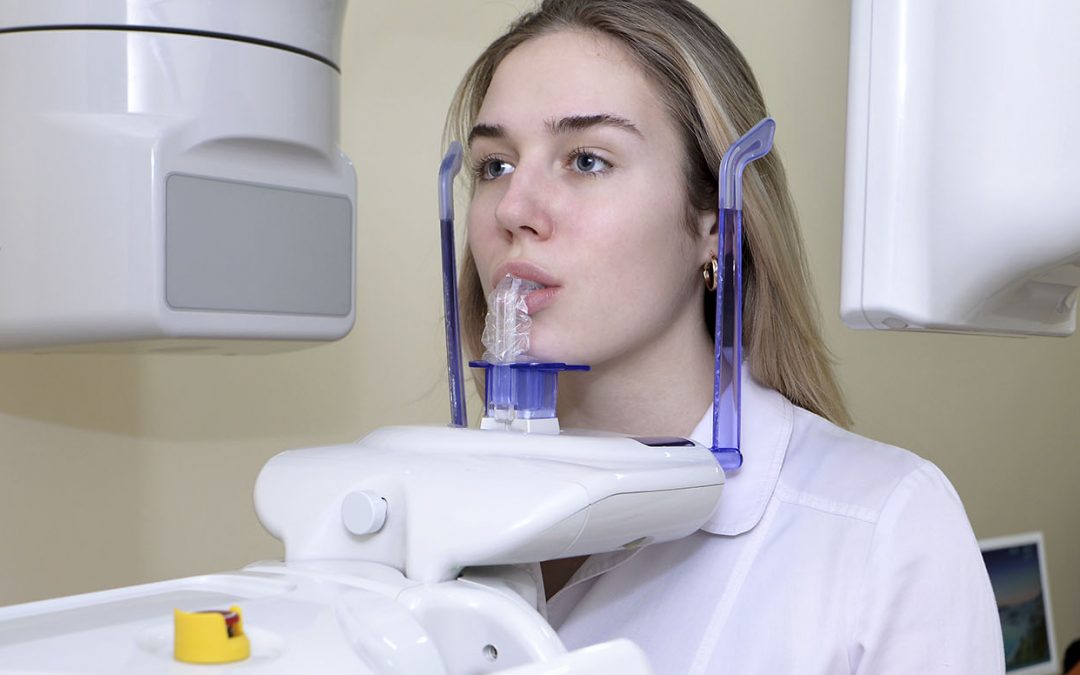ISO 9693 Metal-Ceramic Bond Strength Testing
The ISO 9693 standard is an international benchmark that governs the testing of metal-ceramic bond strength in dental devices. This test ensures the integrity and durability of dental implants, crowns, bridges, and other restorative materials that rely on the mechanical bond between metals and ceramics. The purpose of this test is to verify that the bonding material can withstand the stresses encountered during use without failure.
The procedure involves preparing a metal-ceramic composite specimen, subjecting it to tensile stress, and measuring the force required to separate the metal from the ceramic. This ensures that dental devices meet stringent quality standards, thereby enhancing patient safety and satisfaction. The test is critical for ensuring long-term success of dental restorations, which must be both aesthetically pleasing and functionally sound.
The testing process follows a series of strict protocols to ensure reliability and accuracy. Specimens are fabricated from the same materials used in commercial dental devices, allowing for a direct comparison with real-world applications. The test setup includes specialized equipment capable of applying controlled tensile forces while accurately measuring the bond strength. This ensures that the results are representative of actual device performance.
The acceptance criteria for ISO 9693 testing are based on the minimum bond strength required to ensure safe and effective function. Compliance with these standards is mandatory for manufacturers seeking regulatory approval in many countries, including the United States and Europe. Failure to meet these standards can result in product recalls, legal action, and damage to brand reputation.
The importance of ISO 9693 testing cannot be overstated, especially given the high stakes involved in dental health. A single failed bond could lead to complications such as crown fracture or implant failure, which would not only impact patient well-being but also necessitate costly and invasive corrective procedures. By adhering to these stringent standards, laboratories can help prevent such occurrences, thereby contributing significantly to public health.
Furthermore, adherence to ISO 9693 testing ensures that dental devices are not just functional but also durable. This longevity is crucial for patient satisfaction, as it means fewer replacements and less disruption to the patient's oral health routine. The reliability of these tests also benefits healthcare professionals by providing them with confidence in the products they recommend.
In summary, ISO 9693 testing is a vital component of quality assurance in dental device manufacturing. It ensures that the metal-ceramic bonds are strong enough to withstand the stresses and strains encountered during use, thereby enhancing patient safety and satisfaction. The rigorous nature of this test reflects its importance in ensuring the longevity and effectiveness of dental restorations.
Why Choose This Test
The ISO 9693 Metal-Ceramic Bond Strength Testing is a critical service for dental device manufacturers, quality managers, compliance officers, and R&D engineers. This test ensures that the metal-ceramic bonds in dental devices are strong enough to withstand the stresses encountered during use. Choosing this test provides several benefits:
- Enhanced Quality Assurance: By adhering to international standards, manufacturers can demonstrate their commitment to producing high-quality products.
- Regulatory Compliance: Many countries require compliance with ISO 9693 for dental device approval. This test helps ensure that products meet these regulatory requirements.
- Patient Safety and Satisfaction: Strong metal-ceramic bonds contribute to the longevity and effectiveness of dental restorations, enhancing patient safety and satisfaction.
- Competitive Advantage: Demonstrating adherence to international standards can give manufacturers a competitive edge in the global market.
- Reduced Risk of Product Recall: Compliance with ISO 9693 reduces the risk of product failures, which could lead to recalls and legal issues.
The rigor of this testing process ensures that dental devices meet stringent quality standards. By choosing this test, manufacturers can help ensure patient safety, regulatory compliance, and a competitive edge in the market.
Quality and Reliability Assurance
Quality and reliability assurance are paramount when it comes to ISO 9693 Metal-Ceramic Bond Strength Testing. The testing process is designed to ensure that dental devices meet the highest standards of quality and reliability, which is critical for patient safety and satisfaction. Here’s how this test contributes to these goals:
Preparation of Specimens: Specimens are fabricated from the same materials used in commercial dental devices, allowing for a direct comparison with real-world applications. This ensures that the results accurately reflect the performance of actual products.
Tensile Testing Equipment: The testing process uses specialized equipment capable of applying controlled tensile forces while accurately measuring the bond strength. This ensures that the results are representative of actual device performance.
Controlled Environmental Conditions: Tests are conducted under controlled environmental conditions to ensure consistent and repeatable results. This helps to eliminate variables that could affect test outcomes, providing more reliable data.
Data Analysis and Reporting: The laboratory provides detailed reports that include all relevant data from the testing process. These reports help manufacturers understand the performance of their products and identify areas for improvement.
The combination of these factors ensures that dental devices meet stringent quality standards, enhancing patient safety and satisfaction. By adhering to international standards such as ISO 9693, laboratories can provide reliable and accurate test results that contribute significantly to public health.





